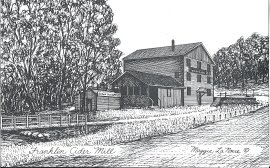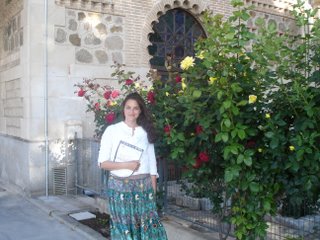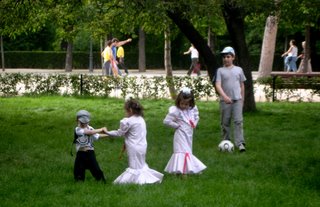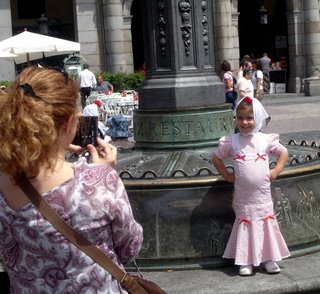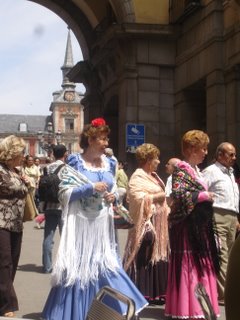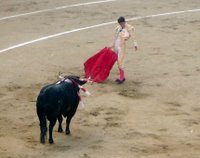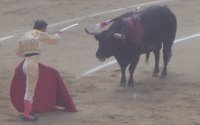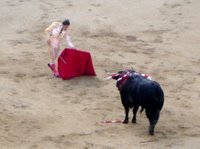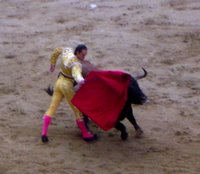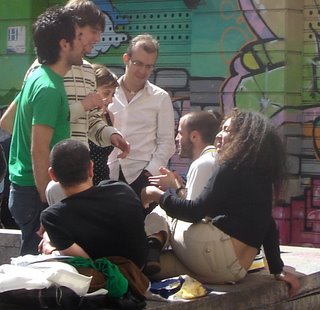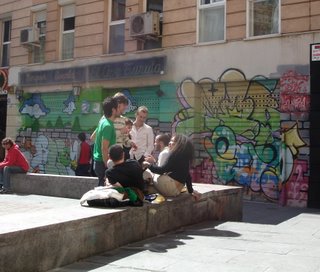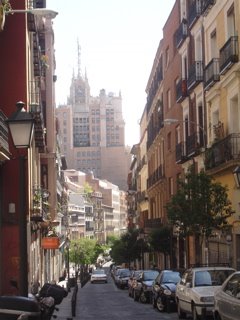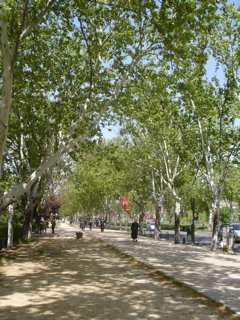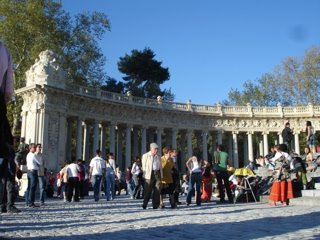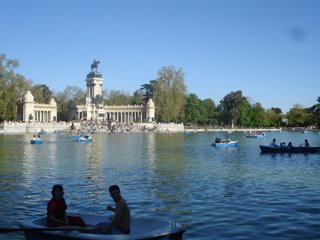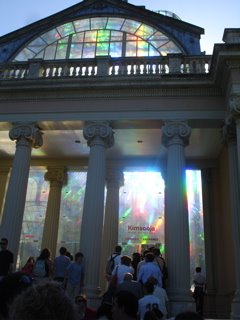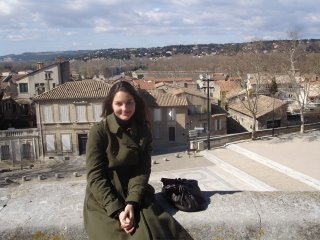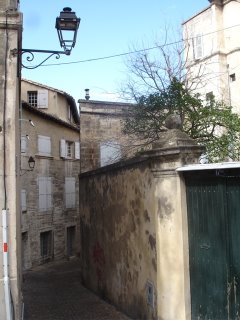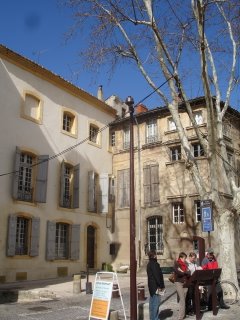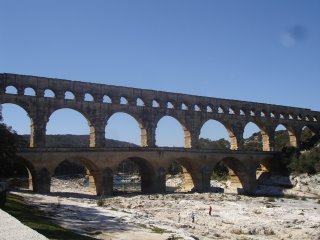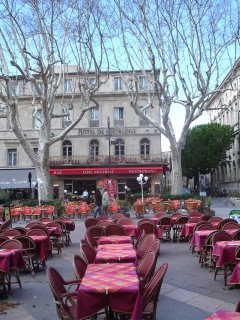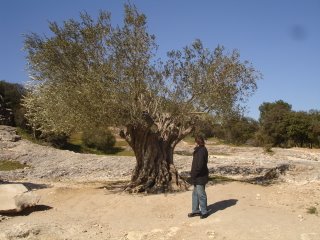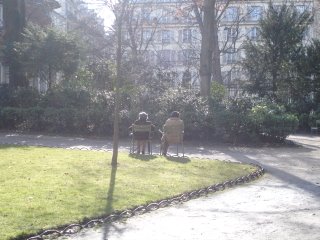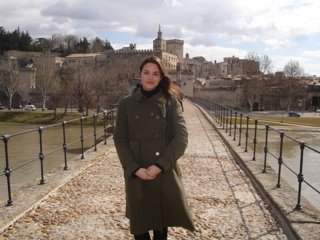
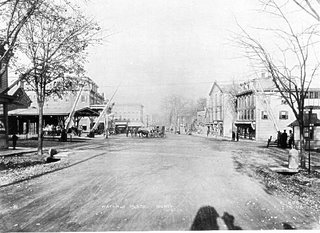
Each time I’m in a large city—and to be fair, I extend this to San Francisco, Paris, New York, London, etc.—I find that there is a generalized desire in the population to appropriate the city. I hear words tossed around like “You haven’t seen the real [New York/San Francisco]”, implying that the speaker somehow does know the real [New York/San Francisco], and has therefore excitingly (for him or her) one-upped me. Or perhaps I am quizzed: “have you seen [union square/oberkampf/the mission] yet? No?! Oh, well, then you haven’t seen the city!” This last part is always added triumphantly, making me feel like the person doing the quizzing feels satisfied at owning the city in question more than me. Knowing this or that city, and being able to rattle off the street names and subway stops has in some circles (at least the ones I find myself in!) become a mark of sophistication. I find this to be a very interesting social behavior and wonder if I do the same.
Thus far it seems to me that New York is no exception to this desire for appropriation. If anything, I would say it is more rampant here than in other places I have been, in part because there is such a large spectrum of what can be appropriated and in part because it is arguably the world’s epicenter of the culture of ownership and possession.
American Express has been running a series of advertisements over the course of the last year involving different celebrities who list a number of tangible and intangible things that they own. Robert DeNiro’s ends with something like “My New York. My Card: American Express.” I might be blurring the details, but the theme came through clearly: a city can be owned and carried around in your pocket just like a credit card. American Express didn’t invent this turn of phrase (My New York)—they merely capitalized on an already used expression. As we were passing through China Town in a cab, a friend of mine who has lived in the city for several years once said, “This part of New York is so strange to me. I don’t ever think of it—don’t ever consider it part of my New York.”
“What do you mean, your New York? How is it yours? You were born and raised in the Midwest!” He wasn’t able to answer that, but it seemed natural to him that part of the city, certain aspects of it, should belong to him regardless of where he originally came from.
I’m curious to know--is this a mainly American behavior, this need to own even intangibles? Is this born of a deep-rooted feeling of cultural insecurity? A need to own some portion of ‘The Cosmopolitan’ in order to prove worldliness? Or is it just human nature?
In any event, I don’t feel that I own any part of New York whatsoever. I am distinctly aware of my transient status, and happy with it. But if there were to be any part of the city that I would ever incorporate into a definition of “My New York” I would certainly have the Brooklyn Botanic Garden at the very very top of my list. Each time I go to a city or town (of any size) visiting gardens and parks, or any other form of public green space, is first on my agenda. Having said that, and having visited Turkey, Azerbaijan, Morocco, Mexico, Spain, France, Germany, and other western European countries, I can say with absolute certainty that the Brooklyn Botanic Garden is the most perfect of any that I've seen. It is the most perfectly planned, well-maintained, restful and interesting garden I have ever visited. Truly. If you haven’t seen it, you simply must. And go during the growing season, to be sure. I’m told that they have a cherry blossom festival in the spring, which must be enchanting.
Though not a garden, there was another place I went today that might eventually be added to “My New York” if I ever develop one. I walked down Waverly Place, the entire length of it, and found it to be the first built space I have visited within Manhattan that made me feel happy and at peace. Waverly Place made me want to linger, to slow my step, to examine the wisteria vines climbing the sides of the human scaled houses. There were shutters on the windows for once (many of which were veiled from the inside with lace and voile), no more than three or four stories on most of the buildings, and a real character apparent in each of the houses. Some of them were cranberry red, some white, some goldenrod yellow; some had pots of mums on the front steps, others had jack-o-lanterns. ‘This is the New York of Edith Wharton,’ I thought, as the autumn sunlight poured down like Lyle’s Syrup on the street, so thick and golden, and so sweet, it was almost too much. It was a warm fall day, the sky was the deep crystalline blue of glacial lakes, and the air in Waverly Place smelled of falling leaves, not of exhaust and waste. Finally I found a place in this city where I can breathe easy and forget the apocalyptic wheezing and screeching of the subway trains. Yes; as I strolled down the street the only sound in my head was Billie Holiday, sending the notes of “Autumn in New York” up through me like the curls of steam rising from a cup of hot cider. No matter whether I’m in Ann Arbor, Paris or New York, and regardless of the season, I always know I am having a moment worth remembering when an experience is so full of emotion that Billie Holiday’s voice comes to me on its own.





